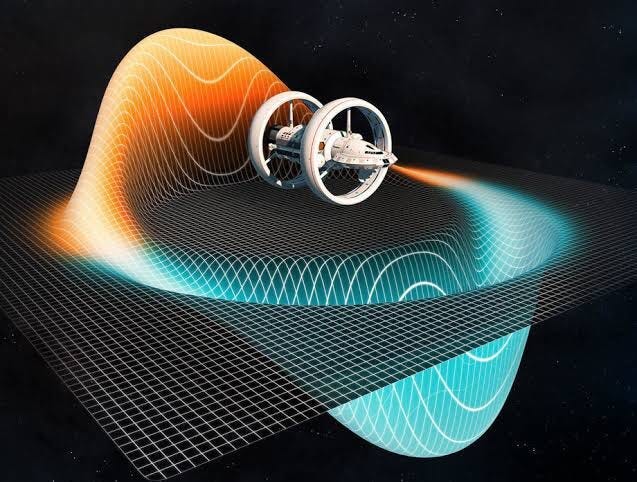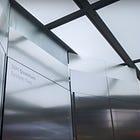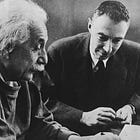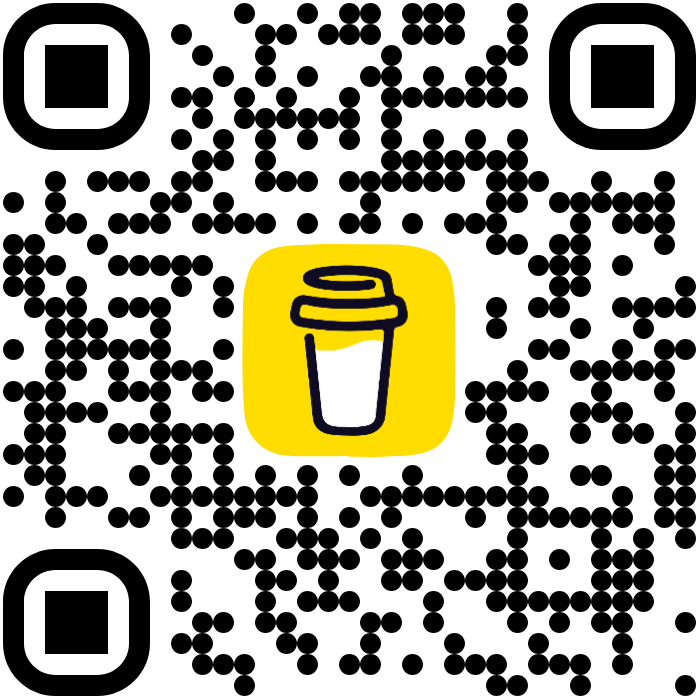Quantum Tunneling & Its Applications — From Space Travel to TeleportationAn explanation of what quantum tunneling is & its potential future applications from space travel to quantum teleportation
Somewhere in the space that exists between atoms, where logic gives way to probability, and particles stop behaving like tiny billiard balls and start acting more ghost-like, there’s a phenomenon that challenges our very understanding of reality. It’s called quantum tunneling. And it just might hold the keys to space travel, teleportation, and a future that sounds suspiciously like it’s straight out of science fiction. What is Quantum Tunneling?Imagine a hill in front of you. You don’t have enough energy to climb over it. In the world we know, you stop. You turn back or maybe you find another way. This is exactly like how particles behave in classical physics. In classical physics, a particle lacking sufficient energy cannot overcome a potential barrier. But in the quantum world, particles do something else: they tunnel through the hill. This is quantum tunneling. It’s a phenomenon where particles, like electrons, can pass through barriers they technically shouldn’t be able to, based on their energy levels. At its core, quantum tunneling is a result of the wave-particle duality in quantum mechanics. In quantum mechanics, a probability is introduced allowing the particle's wavefunction to extend through the barrier, allowing it to "tunnel" to the other side. This isn’t just theoretical. It's how nuclear fusion happens inside stars. It’s what makes scanning tunneling microscopes work. It’s built into the physics that governs our reality but we just rarely see it play out at scales we understand. But what if we could scale it up? What if this ghostly behavior could be harnessed whether for a spacecraft, for teleportation, or for something beyond our current sense of the possible? Quantum Tunneling and Space TravelInside our sun, protons shouldn’t be able to fuse together. They’re both positively charged, hence they repel each other. But thanks to quantum tunneling, they get close enough, often enough, to fuse, releasing the energy that lights our sky. Now imagine using that same principle to power a spacecraft. This is not with chemical fuel or solar panels, but with controlled fusion, enabled by quantum tunneling. In theory, it could unlock spacecraft engines that are lighter, faster, and dramatically more efficient. If we figure out how to tame fusion, long-distance space travel might become less of a dream and more of a possibility. Then there’s the more speculative edge: could we use tunneling not just to power our ships—but to move them through space faster than light? This is where things get weird. A 2017 paper by scientist Takaaki Musha proposed something wild: that tunneling might let a spacecraft punch through the so-called “light barrier” itself. To understand this, think of the speed of light as a kind of cosmic speed limit i.e. like a wall that nothing is supposed to get through. But just like particles can "tunnel" through barriers they shouldn't be able to cross (thanks to quantum mechanics), maybe a spacecraft could tunnel through this speed barrier too. This was Musha’s hypothesis, but it comes with its limitations. It would require acceleration on the scale of 10^60 meters per second squared. (To put that in perspective: no rocket, no engine, nothing we’ve built comes remotely close.) But Musha had an idea. He suggested that if we could mess with the energy of empty space itself—something called the zero-point field—we might be able to reduce the mass of a spacecraft. Less mass means we wouldn’t need such high acceleration to tunnel through the speed barrier. One way to do this could be through the Casimir effect, where two metal plates placed very close together experience a force due to quantum fluctuations in the vacuum. It shows that even "empty" space holds energy. If we can create a bubble of negative energy around a spacecraft, it could lower its mass enough to make quantum tunneling through the light-speed barrier possible. In other words, if we create pockets of negative energy to reduce the ship’s mass. Less mass = less acceleration needed, enabling FTL (faster than light) travel. It’s theoretical. But then again, so was flight, once. Quantum Teleportation: Not Just Science FictionTeleportation, too, has crossed from fantasy into the realm of experimental science. But it's not what Hollywood promised. Quantum teleportation doesn’t involve physically moving matter(or people!). Instead, it transfers the state of a particle to another particle, often far away, using a property called entanglement. When two particles are entangled, they share a connection so deep that changing one instantly affects the other, even across great distances. In 2017, Chinese scientists teleported quantum information from Earth to a satellite over 1,400 kilometers away. Labs around the world have since replicated this, including successful experiments using fiber-optic cables. It’s not transporting people—but it is transporting information, instantly, securely, and without a conventional signal. Quantum computing is slowly emerging and will become the new norm in the future, as I’ve explored in an old article on this newsletter (linked below) But using quantum tunneling, this kind of teleportation could become the backbone of a quantum internet, a communication network immensely fast and immune to hacking and eavesdropping. And if future experiments can entangle more complex systems—perhaps even biological ones—then real-world material teleportation might not be entirely out of reach. Where Do We Stand On Quantum Tunneling Today?Right now, most practical applications of quantum tunneling remain confined to the microscopic realm. Tunneling is real, well-understood, and crucial to fields like electronics and energy generation. However, its use in space propulsion or FTL(faster than light) travel is, for now, largely theoretical and faces enormous engineering challenges. Quantum teleportation, on the other hand, is moving from laboratory demonstrations into early-stage infrastructure, with real potential to reshape cybersecurity and communication. In both cases, what began as strange features of quantum physics are now driving technological innovation. The leap to FTL space travel or teleportation is still speculative. But the fact that tunneling occurs at all i.e. the fact that the universe allows it, is enough to keep scientists asking bold questions. What Musha’s theory reminds us is that the speed of light isn’t a wall or barrier so much as a challenge. And teleportation experiments suggest that distance, too, might be more of an illusion than we thought. Quantum tunneling is the universe’s way of reminding us that not everything impossible stays that way. Sometimes, you don’t go over the wall. Read more articles like this one: Thank you for being a valuable subscriber to my newsletter Light Years! If you liked this post & found it informative, feel free to share this publication with your network by clicking the button below… I hope you found this post informative & it helped you in some way. As always, feel free to subscribe to my publication Light Years & support it & also share it if you’d like. Get it in your inbox by filling up the space below! You can find me on Medium on my Medium profile if you’re a Medium member covering a plethora of topics (there’s a bit of difference between the posts here & there): https://medium.com/@gaurav_krishnan If you’d like to thank me for this post, if you found value in it, you can buy me a coffee instead of, or alongside subscribing to my publications by clicking the button below so that I can sip my next brew of coffee, all thanks to you! :) Alternatively, you can scan this QR code as well… You're currently a free subscriber to Light Years by Gaurav Krishnan. For the full experience, upgrade your subscription. |
Monday, 21 April 2025
Quantum Tunneling & Its Applications — From Space Travel to Teleportation
Subscribe to:
Post Comments (Atom)
A Better Place - Fresh Manna by Pastor Tim Burt
Fresh Manna with Pastor Tim Burt A Note from Pastor Tim Tim here. I'm so glad you...

-
A Note from Tim Tim here. I'm so glad you're part of this journey. Below, you'll find today...








No comments:
Post a Comment